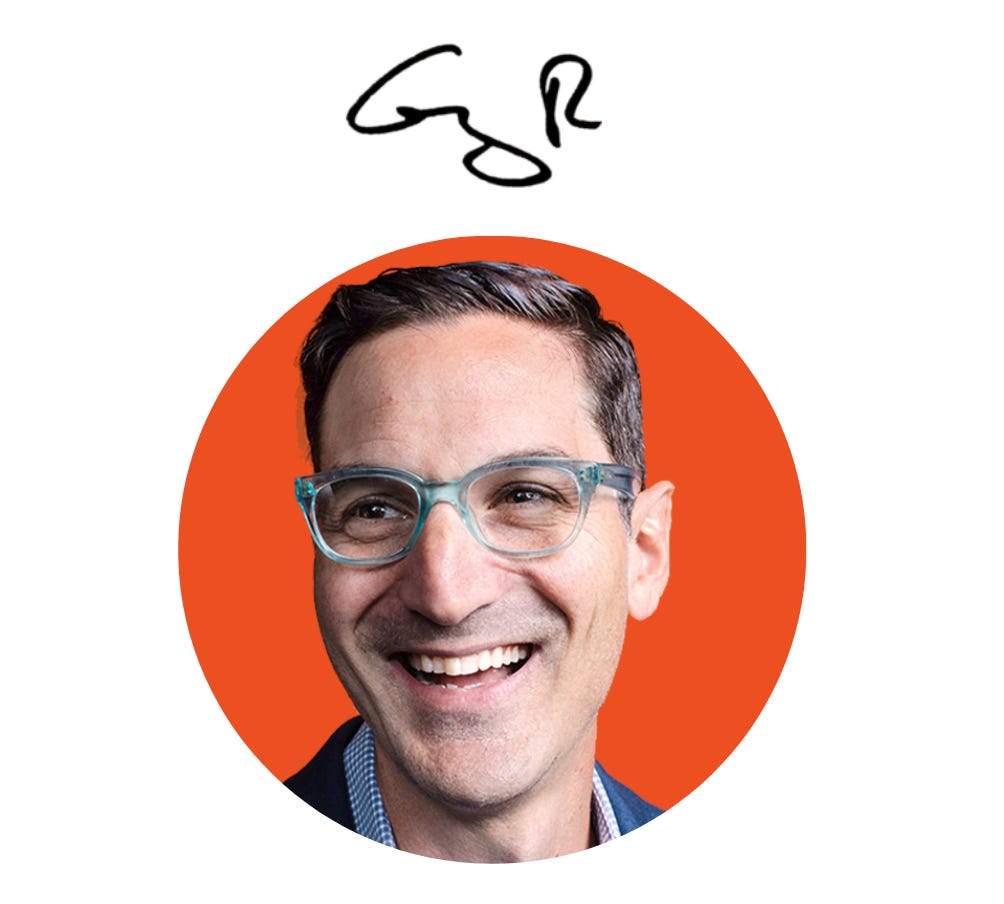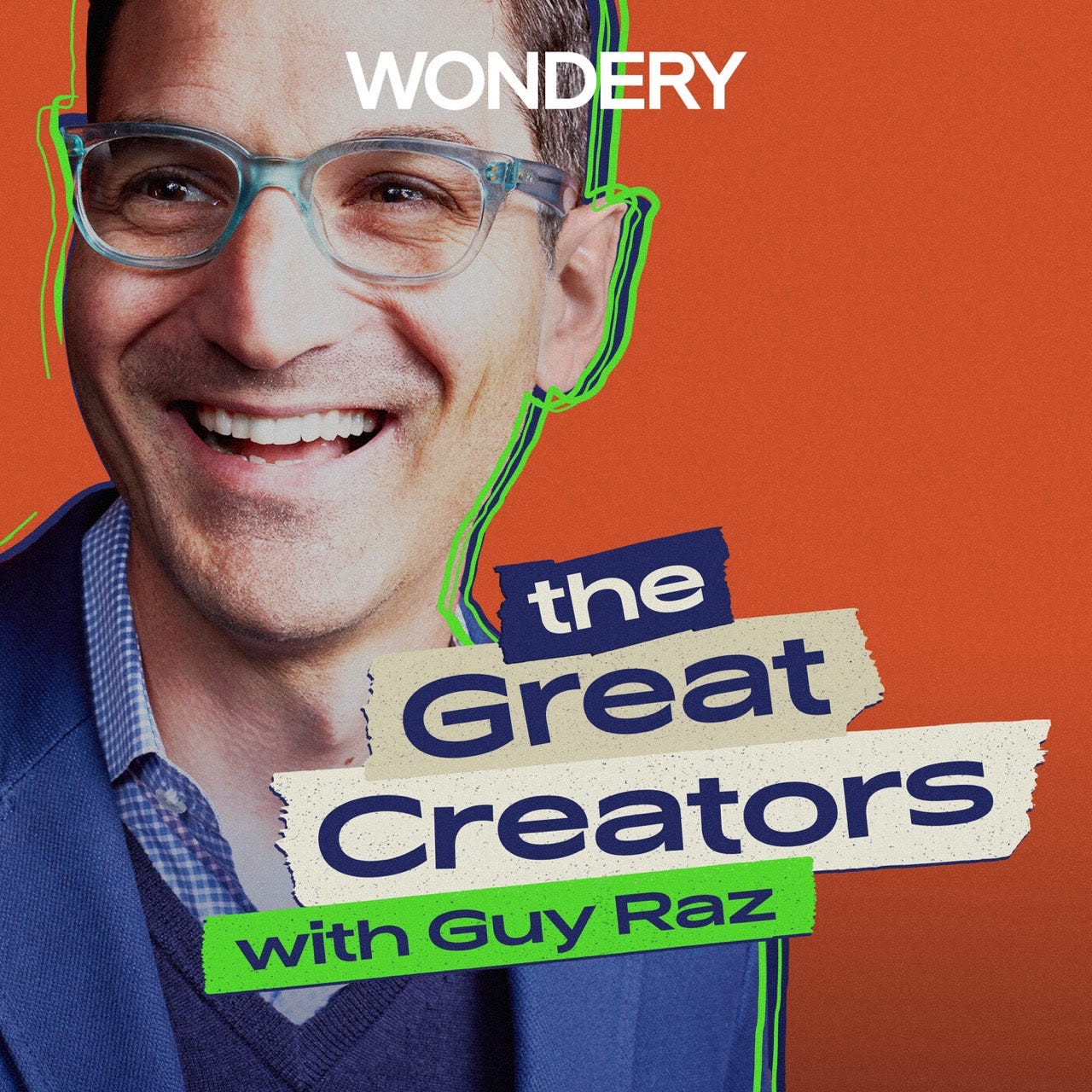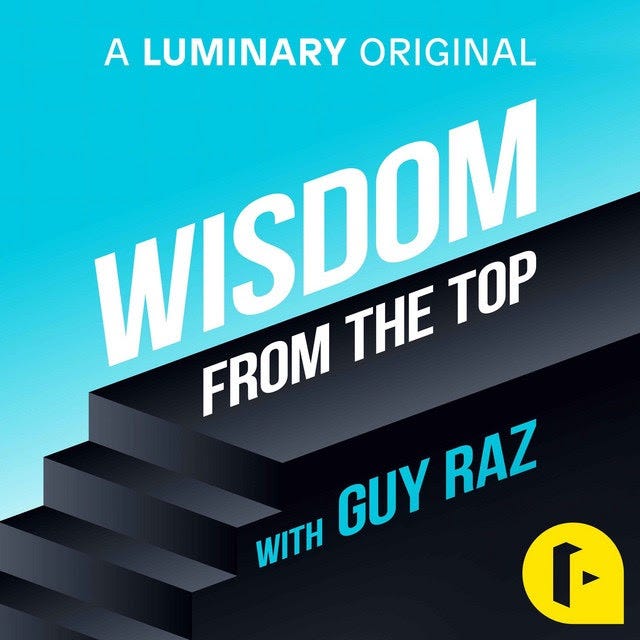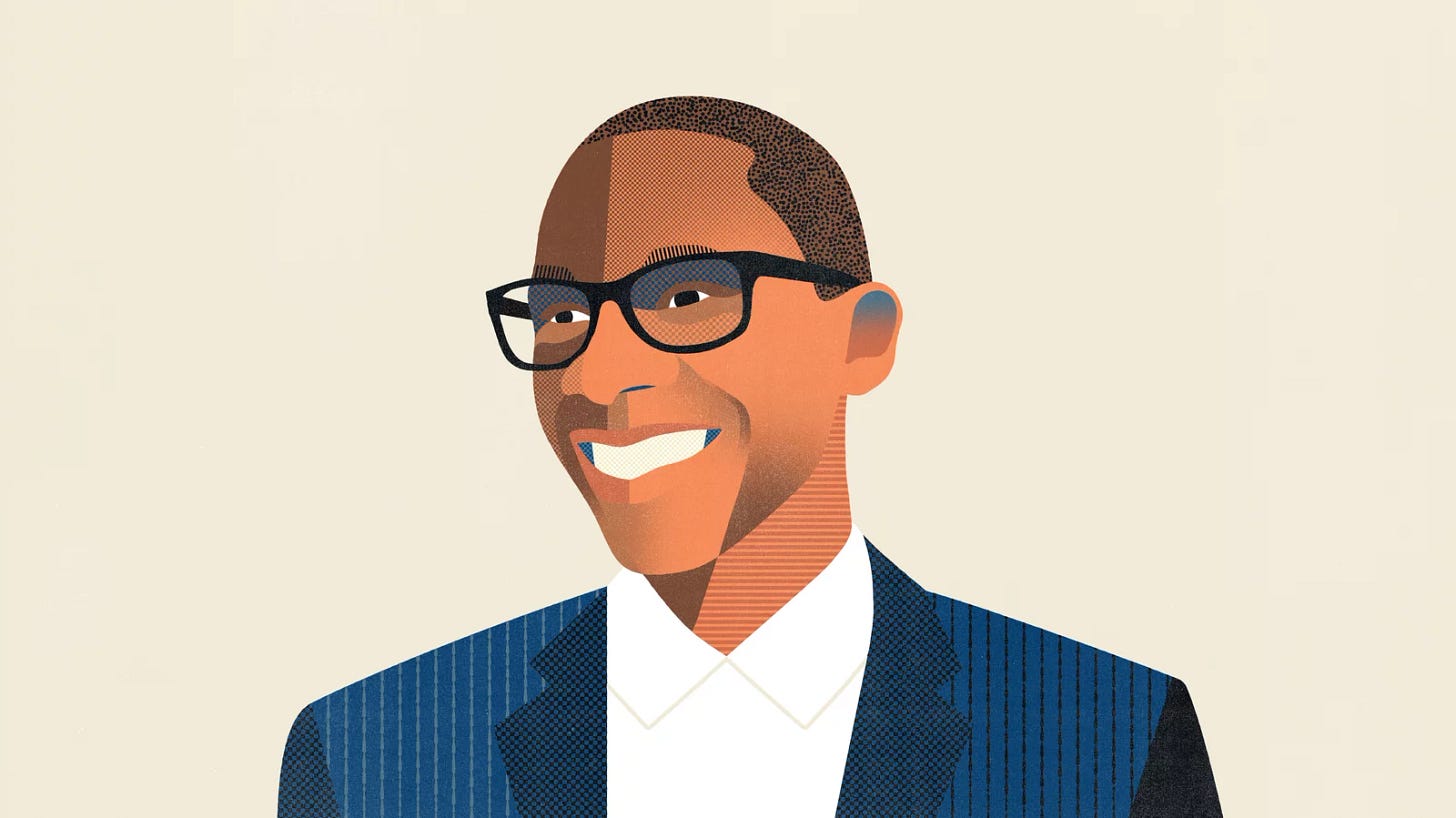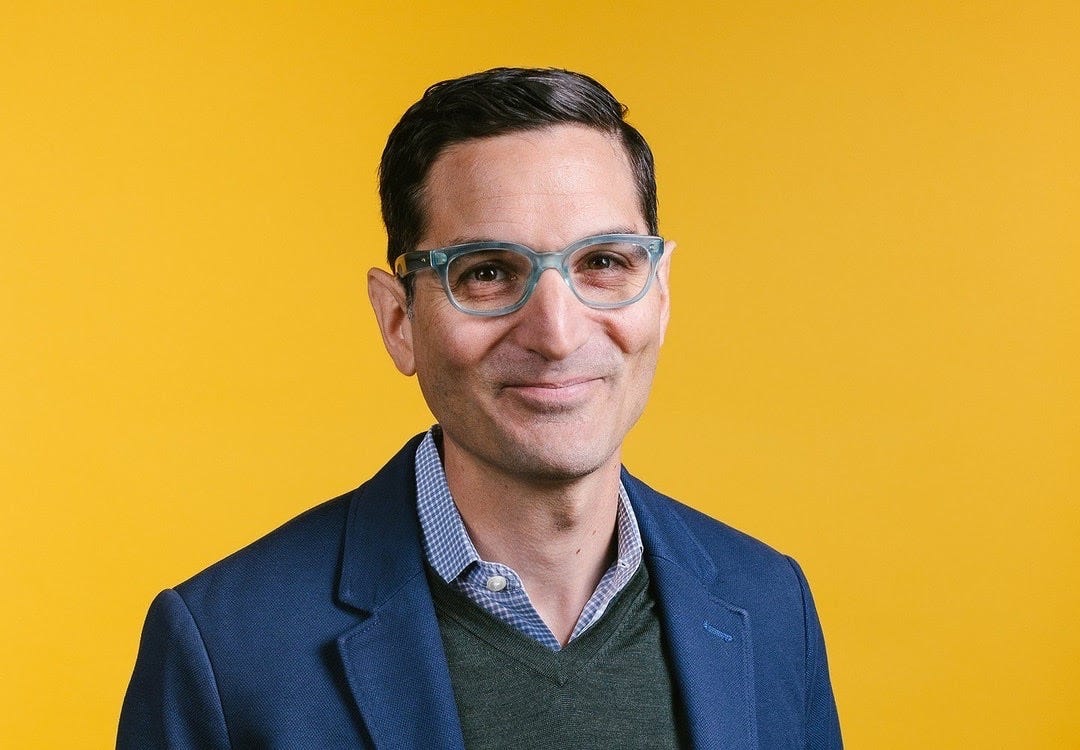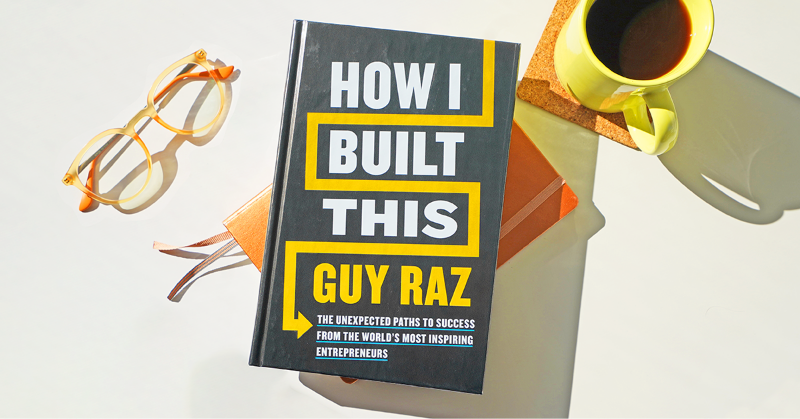This week on How I Built This, we featured a founder who built something most people said was impossible.
Back in 2011, Will Ahmed was a college athlete at Harvard – burning the candle at both ends, training obsessively, and struggling to figure out why his performance was flatlining.
The insight he landed on was shockingly simple: what if the other 20 hours of the day mattered more than the four spent training?
That question set Will on a path to build WHOOP: a wearable device that could measure the things only doctors and lab techs used to see: recovery, strain, heart rate variability, and sleep quality.
He was 22 years old. He wasn’t a doctor. Or a data scientist. Or a mechanical engineer.
He just wouldn’t let go of the idea.
Over the past decade, WHOOP has grown into one of the most respected performance and health monitoring platforms out there—used by elite athletes, Navy SEALs, and weekend warriors alike. And it’s done so without screens, step counts, or celebrity endorsements.
Here are a few lessons from my conversation with Will that I can’t stop thinking about:
1. Sometimes the people telling you you’re wrong… are right.
An investor once told Will: “You’re going to fail because you don’t listen.” At the time, Will was furious.
Years later, he admitted it stung because it was partially true. Founders walk a tightrope between stubbornness and self-awareness—and sometimes the hardest lesson is knowing when to pivot.
2. World-changing ideas often come from overlooked places.
Everyone was focused on steps and calories. Will focused on recovery—a dimension of fitness most people weren’t thinking about.
The lesson? Look where no one else is looking.
3. Build for use, not flash.
In an era when everyone was chasing screens and features, WHOOP did the opposite. No screen. No distractions. Just clean, continuous data. It made the product harder to build—and ultimately more valuable.
4. If you want the top of the pyramid, start at the bottom.
WHOOP didn’t launch with LeBron James. It launched with LeBron’s trainer. Personal trainers became the secret backdoor to elite athletes—and those athletes created the credibility that drove adoption.
5. Be careful what you wish for on your first product launch.
Will told me something I’ll never forget: “If WHOOP had sold 100,000 units in year one, we probably would’ve died.”
Why? Because they weren’t ready for that kind of scale. Their first consumer launch was slow—and that bought them time to learn, iterate, and fix what was broken.
6. Brand is the real moat.
Amazon launched a copycat product. It looked nearly identical. But Will didn’t sue. He focused inward.
In fact, he wrote “Don’t bother copying us. We will win” on the inside of WHOOP’s circuit board and kept building. WHOOP didn’t beat Amazon on features. It beat them on brand.
7. Hardware is hard. Hardware + software + a new business model? Even harder.
WHOOP started as a $500 product. It didn’t sell. So Will made a bet: what if the hardware was free and the experience was a subscription? That decision changed the company’s trajectory.
8. Obsession beats credentials.
Will wasn’t an engineer, but he convinced MIT labs to prototype his idea. He wasn’t a designer, but he cold-called the best interface designer he could find… and flew to Hamburg to recruit him. He didn’t know exactly how to build WHOOP—but he knew he had to.
9. The best founders are… a little bit delusional.
The whole idea sounded crazy. And maybe it was.
But Will’s clarity, conviction, and obsession kept pulling people in. Investors. Engineers. Athletes. Even skeptics. It’s hard to argue with someone who’s all in.
This episode reminded me that the best founders aren’t just solving problems—they’re chasing missions that won’t let them go.
If you haven’t listened yet, the episode is live now. Wherever you get your podcasts.
Until next week,
—Guy
P.S. I write this newsletter each week to share lessons, tools, and strategies from the world’s most creative and resilient entrepreneurs. If you find it useful, consider forwarding it to someone who could use the inspiration.
On the Podcasts This Week!
WHOOP: The Wearable That Almost Didn’t Make It
As a college athlete, Will Ahmed couldn’t understand why he always felt exhausted.
So he started digging into the problem.
He devoured medical journals, chased obscure health metrics, and wondered: what if we could actually measure this stuff?
That question turned into a startup: WHOOP.
But that startup…nearly collapsed.
For years, WHOOP struggled to gain traction. Big tech circled. Investors hesitated. And at one point, the company was just months from running out of money.
But Will didn’t quit.
He rewired the business model, doubled down on product obsession, and faced the competition head on (with a clever inscription inside of his devices!)
Today, WHOOP is a $3B company and is used by the best athletes around the world.
HIBT Advice Line: No Shortcuts, Just Strategy
This week on the Advice Line, I’m joined by Troy Carter – music mogul turned investor and founder of Atom Factory. Troy helped launch the careers of Lady Gaga and John Legend, and now he’s helping early-stage founders hit the right notes.
First up, Madelyn: How do I scale my local brand?
Madelyn runs The Nest Prep, a Phoenix-based meal delivery service for new parents. It’s personal, local, and deeply mission-driven…but can it grow? We highly recommended expanding one city at a time and remind her to saturate your home base first.
Next, Tyler: How do I turn influencers into long-term partnerships?
Tyler’s company, Guzzle H2O, makes sleek water purification systems for off-grid adventurers. Influencers love the product, but Tyler wants deeper collaboration. We suggested giving advisory shares to select creators: endorsement fades, but involvement sticks.
Finally, Gina: How do I grow when digital ads stop working?
Gina runs Good Thomas, known for its matching dog-and-human outfits. Digital ads helped scale the brand, but ROI crater after Apple’s privacy changes. Troy’s advice: pivot to storytelling and earned media. Now it’s about creative execution, not ad spend.
Troy leaves us with this: Don’t panic. Founders often feel the pressure to fix everything fast, but success comes from patience, strategy, and self-compassion.
If you would like to be featured on an upcoming episode, call and leave a 1-minute message at 1-800-433-1298 or send a voice memo to hibt@id.wondery.com
Andy J. Pizza on Creative Breakthroughs
Andy J. Pizza grew up thinking his quirks were flaws.
That his creativity made him unreliable. That being “too much” meant he’d never fit in.
It took a career crisis and a surprising diagnosis to shift that perspective. And this shift sparked the joyful, inventive style that defines his work today.
In this episode, the bestselling illustrator and Creative Pep Talk host opens up about:
His rocky path to self-acceptance
How he rebuilt his artistic voice from scratch
And why he now believes your biggest creative breakthrough starts with loving the parts of yourself you were once taught to hide.
You will enjoy revisiting this one!
Watch it on YouTube:
Ellen Ochoa: Leading Through Crisis at NASA
When tragedy struck NASA, Ellen Ochoa wasn’t just focused on fixing systems.
She focused on fixing culture.
As a key leader in the agency’s recovery after one of spaceflight’s darkest moments, Ellen helped implement technical corrections. But she believes the deeper work was human: rebuilding trust, encouraging open dialogue, and making sure every voice was heard.
In this episode, Ellen shares why empowering people to challenge authority is essential for progress and safety.
Dreaming of a Trip to the Moon!
During a backyard campout, Mindy falls asleep and wakes up… in space?! We are blasting off on a moon mission inside her very bonkerballs dream!
In this week’s Wow in the World, we float through the dreamscape of Mindy’s mind to explore NASA’s Artemis program. It’s a real-life mission to send humans back to the moon for the first time in over 50 years!
From rockets that travel 24,500 mph to camping at the moon’s South Pole, we learn how Artemis is preparing for something even bigger: a future trip to Mars!
Join us on a dreamy, science-packed adventure you won’t want to miss!
All Tangled Up!
This week, we dive into the wild world of tentacles!
Did you know that colossal squids have rotating hooks on the ends of their tentacles? Is it true that jellyfish don’t have hearts? Or brains?? Or blood?? And wait until you hear how many teeth snails have!
Find out on the latest, tangled episode of Two What’s and a Wow!
From the Archives!
Lady Gaga & Atom Factory: Troy Carter
Troy Carter once dreamed of being on stage. But he quickly realized his true talent was behind the scenes.
After starting out in the music industry as a teenager, Troy found his stride as a manager, ultimately helping launch Lady Gaga’s meteoric rise to fame.
But he didn’t just manage her career, he helped shape her brand, her image, and her global impact.
Troy took the same eye for talent and applied it to startups, founding Atom Factory and becoming an early investor in companies like Uber, Lyft, and Spotify
Orangetheory Fitness: Ellen Latham
After losing her job as a spa director, Ellen Latham found herself in her 40’s and starting over.
So she opened a small fitness studio in South Florida and got to work designing a new kind of workout: one that blended strength, cardio, and heart rate-based training, all scalable to any fitness level.
Then, in her fifties, a new opportunity came calling. With two partners, Ellen scaled her concept into Orangetheory Fitness – a global franchise with thousands of locations worldwide.
Ellen’s story is proof that sometimes, the second act turns out to be the biggest.
See you next time!
What do you want more or less of?
Just send a tweet to @guyraz or a message on IG to @guy.raz or LinkedIn and put #GuyRazNewsletter at the end so I can find it.




